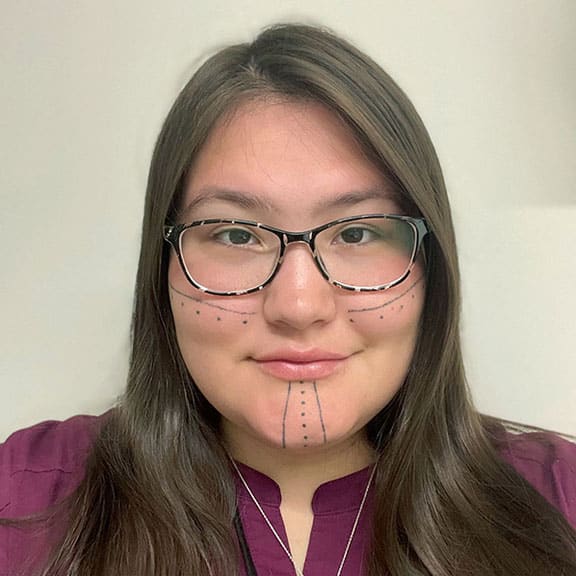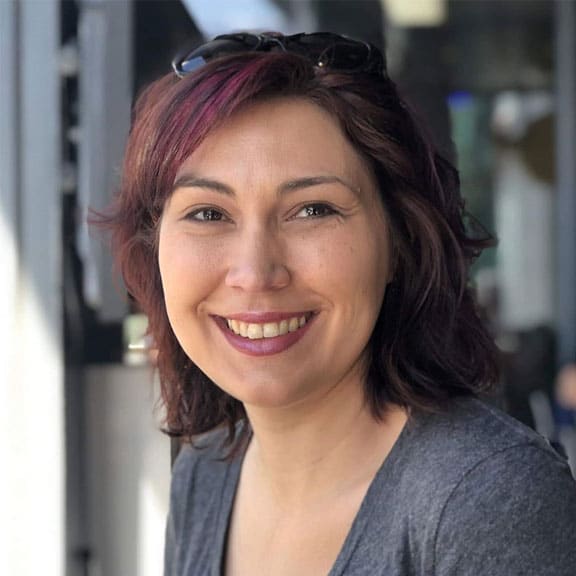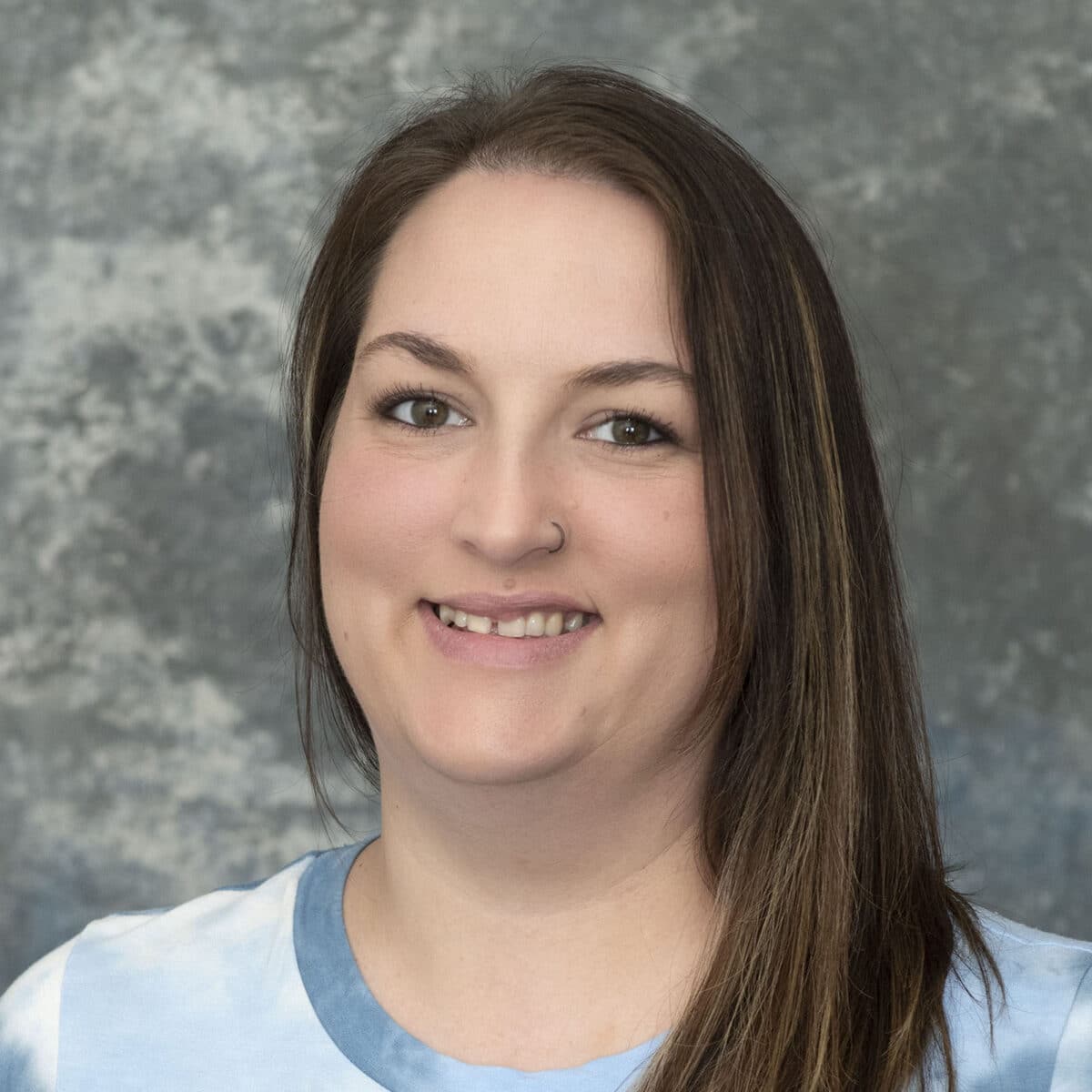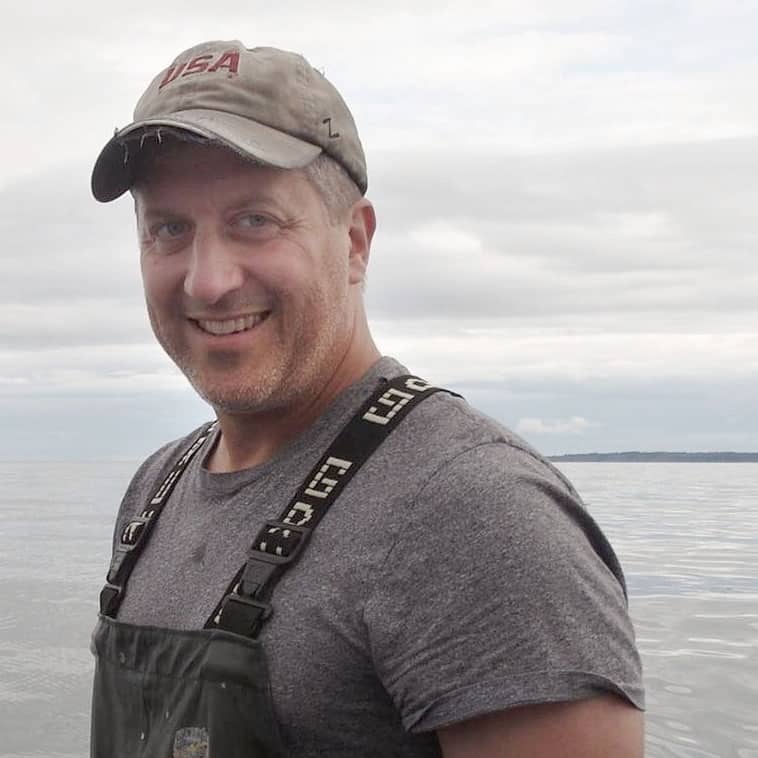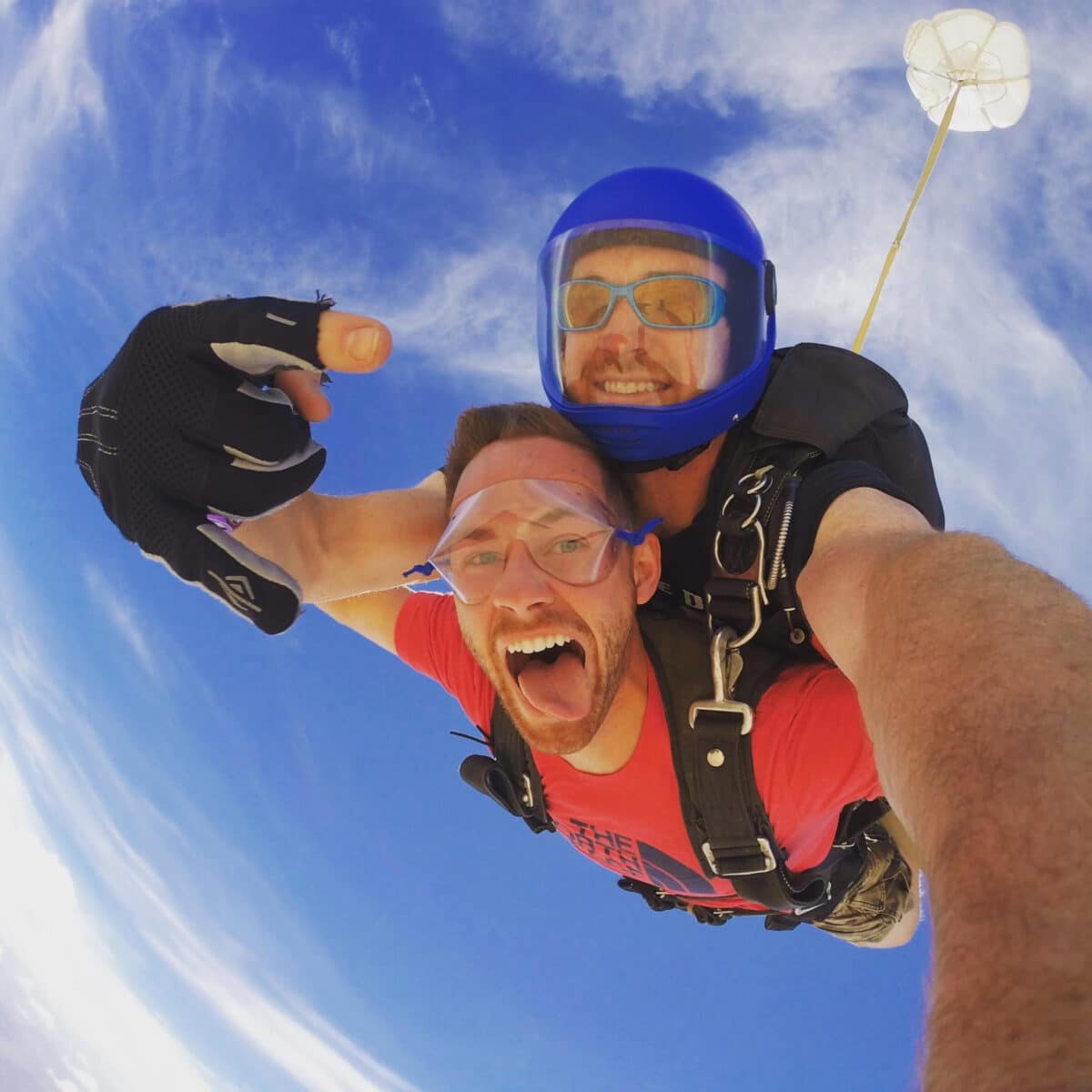Wearing latex gloves, Dr. Ripan Malhi opened the cardboard box and peered inside.

Kenai Peninsula College professor Dr. Alan Boraas and Dr. Ripan Malhi examine ancient human remains in an office at the Kenaitze Indian Tribe in May. Former state archaeologist Dave McMahan stands at right.
There was the human skull, brown, yellow and worn from years in the soil, yet largely intact.
“We could try to extract a tooth, carefully,” Malhi said, looking up.
Malhi, an anthropology professor at the University of Illinois Urbana-Champaign who specializes in tribal DNA studies, visited the tribe in May to collect DNA samples from ancient human remains discovered in the Kenai area.
With assistance from Kenai Peninsula College professor Dr. Alan Boraas and former state archeologist Dave McMahan, Malhi collected multiple samples as part of a twofold effort: To attempt to make a connection between Dena’ina people and the first occupations of Alaska, and to show what the Dena’ina genome looks like.
“Perhaps the DNA will show that, indeed, that Dena’ina people have been here for thousands of years,” Boraas said.
In addition to collecting samples from the remains, Malhi also collected samples from living tribal members. The samples will be compared for similarities.
During a presentation to tribal members at the Dena’ina Wellness Center, Malhi presented information and findings about DNA and explained his previous work with tribes.
With about 25 people in attendance, tribal members asked about confidentiality, the likelihood of the DNA samples being strong enough to use, and more.
Tribal Elder and former Director of Tribal Government Affairs Alexandra “Sasha” Lindgren, who observed Malhi collect the samples from the human remains, expressed support for the project.
“Why do we have high rates of diabetes? Why do we have high rates of arthritis? We believe a scientific study could help explain some of that,” she said.






